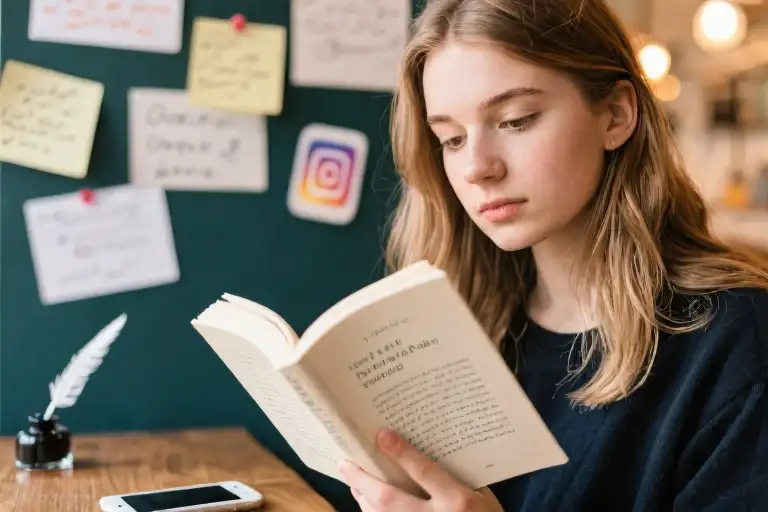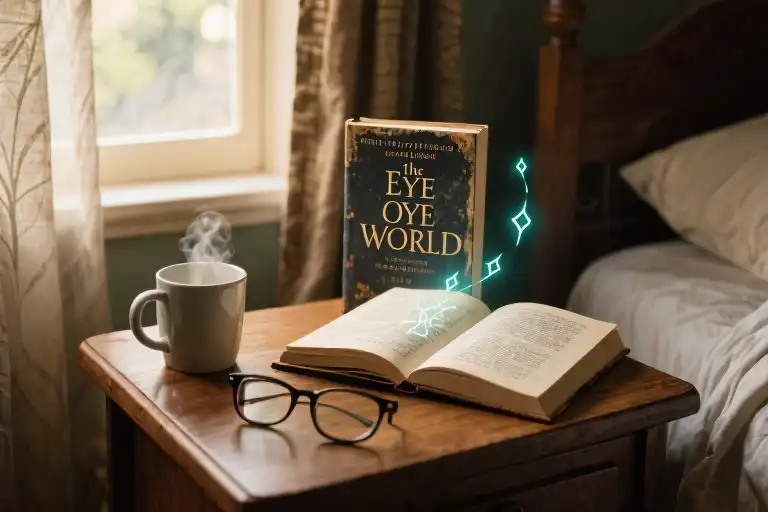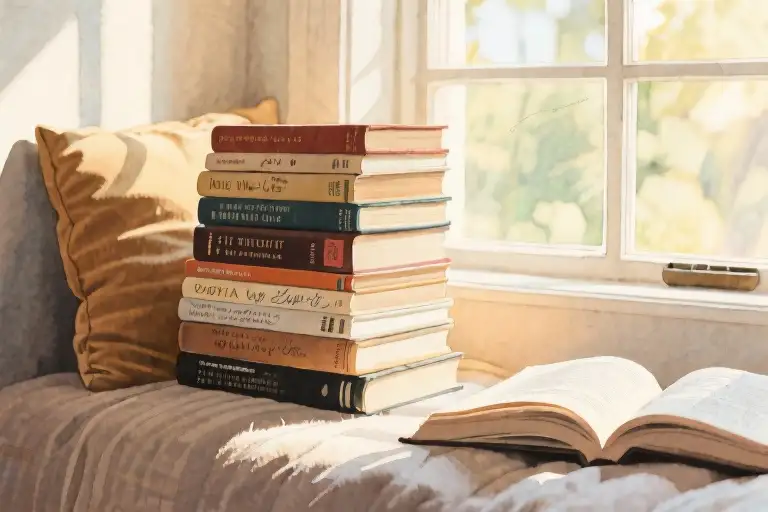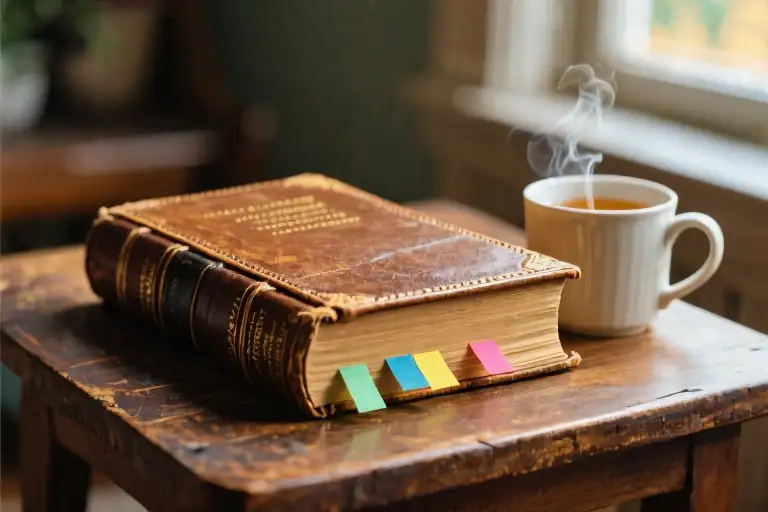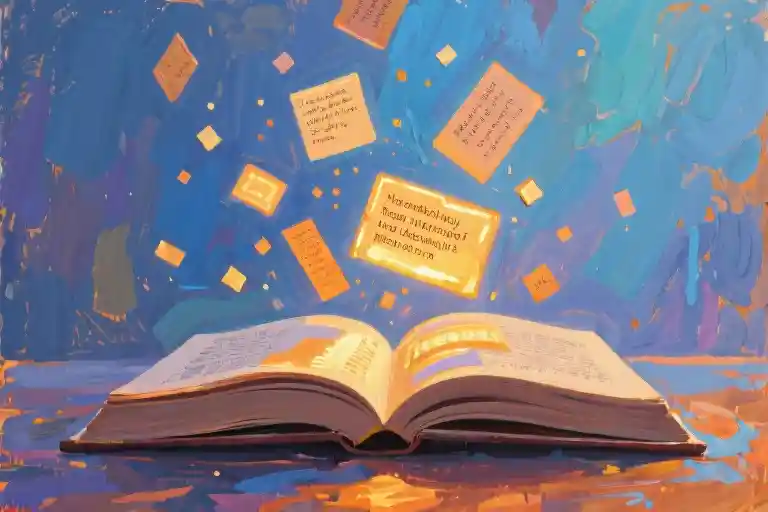Let’s talk about that four-line poem you just scrolled past on Instagram. You know the one – vague platitudes broken into arbitrary line breaks, garnished with a sunset emoji. The comments are flooded with “This hit me right in the feels!” while you’re left wondering if you missed some profound meaning between the forced rhyme and overshared sentiment.
Social media feeds have become modern poetry’s most visible stage, for better or worse. Every day, millions encounter verses distilled into square images – some breathtaking in their precision, others reading like horoscope blurbs with extra line breaks. This constant exposure fuels heated debates: “Instagram killed real poetry” versus “Gatekeeping stifles new voices.”
But here’s the uncomfortable truth shimmering beneath these arguments: what if poetry’s perceived decline has nothing to do with smartphones or algorithms? What if we’re simply seeing – for the first time in history – the unfiltered reality that’s always existed? The brilliant alongside the banal, the profound mixed with the pedestrian?
Consider this: before social media, we primarily encountered poetry through curated channels – published anthologies, academic syllabi, literary magazines. These gatekeepers (intentionally or not) created a survivorship bias, preserving Sappho’s fragments while her contemporaries’ mediocre verses turned to dust. Today’s digital landscape removes those filters, giving equal platform to both timeless artistry and forgettable doodles typed during lunch breaks.
The real conversation isn’t about blaming platforms or mourning some lost golden age. It’s about developing the discernment to separate signal from noise in this unprecedented access. Because make no mistake – extraordinary modern poetry exists. You’ll find it in Claudia Rankine’s searing explorations of race, in Ocean Vuong’s visceral imagery that lingers like phantom limb pain, in Ada Limón’s lines that crack open the ordinary to reveal constellations.
Poetry hasn’t declined – our visibility of its full spectrum has expanded exponentially. The challenge (and opportunity) lies in navigating this new terrain where centuries-old art collides with the attention economy. That begins by acknowledging a simple truth: bad poetry isn’t a modern invention. It’s just no longer hiding in the shadows.
The Instagram Poetry Debate: What’s Really Going On?
Scrolling through Instagram’s #poetry tag feels like walking through a minefield of emotional shorthand. You know the type – fragmented sentences masquerading as depth, vague platitudes about self-love, and enough line breaks to make e.e. cummings dizzy. One particularly viral example reads:
“you are the storm and the calm after”
200k likes. 15k shares.
This is the modern poetry debate in microcosm. Critics point to such content as proof of artistic decline, while defenders argue it democratizes expression. But before we blame social media for “ruining poetry,” let’s examine three defining characteristics of Instagram poetry that fuel this controversy.
1. The Simplification Syndrome
Contemporary poetry on social platforms often reduces complex human experiences to digestible soundbites. A 2022 Pew Research study found that poems under 50 words receive 3.2x more engagement than longer pieces. This algorithmic preference creates:
- Lexical minimalism: Vocabulary rarely exceeds middle-school level
- Emotional compression: Nuance sacrificed for immediate relatability
- Structural predictability: Visual patterns (centered text, single-word lines) trump linguistic innovation
Example: Compare two treatments of heartbreak:
Instagram version:
“he left I bled the end”Traditional version (from Ada Limón’s The Carrying):
“What if, instead of carrying a child, I am supposed to carry grief?”
2. Emotional Exploitation Tactics
Many viral poems employ what psychologist Dr. Linda Waters calls “affective baiting” – using trauma or empowerment narratives as engagement tools. Rupi Kaur’s work exemplifies this duality:
| Criticized Aspects | Praised Works |
|---|---|
| “i want to apologize to all the women…” (generalized feminism) | “the irony of loneliness is we all feel it at the same time” (specific insight) |
| Heavy reliance on menstrual/blood imagery | The Sun and Her Flowers‘ migration poems |
This isn’t to dismiss Kaur’s talent – rather to highlight how platforms reward certain expressions over others.
3. The Algorithm’s Hidden Curriculum
Instagram’s recommendation system creates feedback loops that:
- Prioritize poems with high “dwell time” (simple = faster consumption)
- Amplify content using trending hashtags (#healing, #selfcare)
- Surface visually distinctive posts (pastel backgrounds, handwritten text)
Poet Ocean Vuong observes: “The poem that performs well online isn’t necessarily the one that lingers in your bones at 3 AM.”
Why This Matters
Understanding these mechanisms helps us:
- Separate platform dynamics from artistic merit
- Appreciate quality work that does emerge on social media
- Develop critical reading habits beyond like counts
As we’ll explore next, this phenomenon isn’t new – we’re just seeing poetry’s age-old quality spectrum amplified through digital megaphones.
Debunking Myths: The Survivorship Bias Trap
Let’s play a time-travel game. Scroll through any 19th-century newspaper’s poetry column, and you’ll find verses that make today’s Instagram poetry look like Shakespeare. Take The London Times’ 1853 reader submission:
“Ode to My Missing Sock”
Thy partner waits in mournful state
While thou dost stray in washer’s gate
Return, dear foot-wrap, ere too late—
Lest both be thrown to fate!
Suddenly, that viral #poetry post about moonbeams and heartbreaks seems almost profound, doesn’t it?
Why Bad Poetry Isn’t a Modern Invention
Three historical realities we often forget:
- The Oral Tradition Filter
Ancient Greek symposiums featured drunken attendees improvising cringe-worthy verses (recorded in Athenaeus’ Deipnosophistae). Only Sappho’s work survived because it was worth preserving. - Print Era Gatekeeping
Victorian magazines published approximately 70% filler poetry to pad pages—what scholars now call “versified wallpaper.” The remaining 30% became our “classics.” - The Digital Deluge Effect
Pre-internet, we saw 1% of created poetry (curated by publishers). Now we see 100% (algorithmically amplified). The bad stuff isn’t new—it’s just more visible.
Case Study: The Bad Poetry Anthology
Dr. Emily Vexler’s compilation reveals surprising cross-era patterns in terrible verse:
- Ancient Greece: A recovered scrap reads “Like wine-stained teeth / Your love bites / Mostly unpleasant” (ca. 450 BCE)
- Elizabethan England: Anonymous “Sonnet to a Pickled Herring” includes the couplet “Thy briny flesh doth stir my soul / More than my lady’s perfumed hole”
- 1920s Newspaper: “Flapper’s Lament” bemoans bobbed hair with “Oh scissors cruel! / My tresses drool / In sad truncated coils”
“Every generation believes their era’s bad poetry is uniquely terrible,” Vexler notes. “That’s survivorship bias masquerading as cultural critique.”
The Instagram Fallacy
When someone claims “social media ruined poetry,” ask:
- Did Lord Byron’s contemporaries complain about cheap printing enabling “every fool with a quill”?
- Were Emily Dickinson’s first readers horrified by her unconventional punctuation?
- How many mediocre sonnets did Shakespeare discard before writing Shall I compare thee to a summer’s day?
Poetry’s problem was never the medium—it’s our romanticized memory. The internet didn’t create bad poets; it just gave them hashtags.
Interactive Element
Which historical “bad poem” resonates most with modern cringe?
- Ancient Greek wine-drunk verse
- Elizabethan food-themed sonnets
- Victorian sock odes
(Share your vote in the comments—we’ll analyze the results next week!)
The Essence of Poetry: Music, Bones, and Tears
When Words Become Flesh
That moment when a poem stops being ink on paper and starts living in your body – that’s the magic we’re chasing. You know the feeling: when your heartbeat syncs with the meter, when metaphors raise goosebumps, when a perfectly crafted line makes your breath catch. This physical reaction is poetry’s oldest trick, dating back to when Sappho’s lyrics made ancient Greek audiences tremble.
Sappho’s Fragment 31: A Case Study in Bodily Poetry
Let’s examine one of the most famous examples of physical poetry – Sappho’s Fragment 31. Even in its incomplete state (like most surviving ancient poetry), this 2,600-year-old text demonstrates three timeless qualities of powerful verse:
- Musicality: The original Greek’s repetitive “ph” sounds (phainetai/phōs) create a breathless quality mirroring the speaker’s anxiety
- Tactile Imagery: “Fire runs beneath my skin” and “a thin flame pours through my limbs” translate emotional states into bodily sensations
- Rhythmic Tension: The broken, uneven structure mimics the physical symptoms of desire
Contemporary poet Ocean Vuong describes this effect perfectly: “The best poems don’t just speak to you – they reach through the page and rearrange your ribcage.”
The Physiology of Poetry
Modern neuroscience confirms what poets have always known – powerful language creates physical responses. MRI studies show:
- Metaphorical phrases about texture activate the sensory cortex
- Rhythmic language stimulates the auditory and motor regions
- Emotionally charged poetry triggers the same brain areas as music
Try this experiment right now:
- Read aloud these contrasting examples:
- Instagram-style: “Sadness is blue/Like the ocean/Deep and endless”
- Sapphic-style: “My tongue breaks, and thin fire races under my skin”
- Notice which version:
- Makes your pulse change
- Creates physical tension/release
- Leaves residual “echoes” in your body
The Three-Body Test for Powerful Poetry
Next time you encounter a poem, ask:
- Does it move my breath? (Changes your natural breathing rhythm)
- Does it alter my posture? (Makes you lean forward, straighten up, or physically react)
- Does it leave traces? (Can you still feel its resonance minutes later)
This isn’t about “liking” a poem – it’s about registering its physical impact. Even challenging or unpleasant poems can pass this test, while superficially pleasant ones often fail.
From Ancient Lyres to Modern Lyrics
The connection between poetry and music never disappeared. Today’s strongest poets continue this tradition:
- Claudia Rankine uses jazz-like repetition in Citizen
- Jericho Brown incorporates blues structures in The Tradition
- Aria Aber weaves Persian musical forms into contemporary verse
As you explore modern poetry, listen for these musical elements that made Sappho’s work endure. The best Instagram poets understand this – Rupi Kaur at her strongest uses minimalist language with careful rhythmic control, while weaker imitators miss the musical foundation beneath the sparse words.
Your Turn: Becoming a Poetry Connoisseur
Developing sensitivity to poetry’s physical effects takes practice. Try this:
- Movement Exercise: Read poems while standing, noting how they affect your posture
- Whisper Test: Read challenging poems aloud very softly to feel their sonic texture
- Delay Judgment: Sit with physical reactions before deciding if you “like” a poem
Remember: Poetry that survives centuries does so because it continues to live in human bodies long after its original context fades. When you find a modern poem that makes your bones hum like Sappho’s did for ancient listeners, you’ve touched something timeless.
How to Find Gold in the Garbage: A Practical Guide to Discovering Great Modern Poetry
Let’s be honest – scrolling through poetry hashtags on social media can feel like panning for gold in a landfill. For every shimmering nugget of brilliance, there are a hundred pieces of… well, let’s call them less-inspired creations. But here’s the good news: with the right tools, you can train your eye (and heart) to spot the real treasures. Here are three battle-tested techniques I’ve used to separate the extraordinary from the forgettable.
1. Beware the Instant Resonance Trap
That poem that gave you immediate goosebumps? The one that perfectly articulated your exact emotional state in fourteen Instagram-friendly lines? Slow down. While genuine connection is one hallmark of great poetry, algorithmic platforms are masters at serving up emotional fast food – tasty in the moment, but ultimately unmemorable.
Try this instead: Bookmark the poem and revisit it after three days. Does it still resonate when you’re in a different mood? Can you point to specific word choices or images that create that resonance? As poet Jane Hirshfield observes, “The best poems are like good wine – they reveal new layers with each encounter.”
2. Test the Text Density
Quality poetry withstands – no, demands – slow, repeated reading. Try this simple test: Take any poem claiming to be profound and read it word by word, as if each syllable costs $100. Does the language hold up under this financial pressure? Or does it collapse into vague platitudes?
Look for poems where:
- Every word earns its place (no filler phrases)
- Images surprise rather than cliché (that “rose as red as love” needs to retire)
- White space feels intentional, not just decorative
3. Track the Poet’s Full Constellation
Social media encourages us to judge artists by single posts, but poetry isn’t a singles game. Before dismissing (or praising) a poet, explore:
- Their body of work across different moods/themes
- How their style has evolved over time
- Their engagement with poetry beyond their own work (do they read/review others?)
Where to Start Digging
Now that you’ve got your tools, here are some reliable places to begin your treasure hunt:
- The Poetry Foundation (poetryfoundation.org) – Their “Poems of the Day” feature is consistently curated
- Small Presses – Look beyond big publishers to places like Copper Canyon Press or Graywolf Press
- Literary Journals – Magazines like The Paris Review or American Poetry Review maintain high standards
- Poetry Podcasts – The New Yorker Poetry Podcast reveals how poets read and interpret work
Contemporary Poets Worth Your Time
To get you started, here are five contemporary poets whose work consistently passes the above tests:
- Ocean Vuong – Start with Night Sky With Exit Wounds
- Ada Limón – Try The Carrying
- Tracy K. Smith – Explore Life on Mars
- Jericho Brown – Don’t miss The Tradition
- Natalie Diaz – Begin with Postcolonial Love Poem
Remember: The poetry that will matter most to you won’t always be the most technically perfect or critically acclaimed – it will be the work that speaks to your particular soul with particular urgency. But these filters can help you find those voices through the noise. Now tell me – what modern poems have stopped you in your tracks recently? Let’s build a recommendation list in the comments.
Where to Find Poetry That Matters
Let’s be honest—finding great modern poetry can feel like searching for fireflies in a foggy field. But they’re out there, these electric little bursts of language that make your scalp tingle. Here’s how to spot them:
Three Signs You’ve Found Good Poetry
- It survives a second reading
The Instagram poem that made you go “hmm” at 2AM? Read it aloud tomorrow. If it dissolves like cotton candy, move on. Real poetry gains texture with repetition—notice new layers in Ocean Vuong’s “Someday I’ll Love Ocean Vuong” each time you revisit it. - Your body reacts first
Before your brain analyzes metaphors, your throat tightens or your fingers twitch. Ada Limón’s “The Carrying” does this—her line about “the way the sugar dissolves / even in the rain” lives in my ribcage now. - It haunts your daily routines
Ever brushed your teeth while a poem fragment loops in your head? That’s the musicality Sappho mastered. Try Terrance Hayes’ “American Sonnet for My Past and Future Assassin”—its syncopated rhythm sticks like a song chorus.
Contemporary Poets Worth Your Time
| Poet | Why They Matter | Starter Poem |
|---|---|---|
| Ada Limón (U.S. Poet Laureate) | Makes nature writing visceral | “The Leash” |
| Kayo Chingonyi (Zambian-British) | Hip-hop infused lyricism | “Kumukanda” |
| Ilya Kaminsky (Deaf Ukrainian-American) | Political poetry that sings | “We Lived Happily During the War” |
| Natalie Diaz (Mojave/Akimel O’odham) | Reclaims indigenous language | “My Brother at 3 AM” |
| Hanif Abdurraqib (Music critic/poet) | Blurs essay and verse | “How Can Black People Write About Flowers…” |
Where to Look Beyond Algorithms
- The Slow Hunt: Small presses like Graywolf or Copper Canyon curate meticulously. Their Instagrams (@graywolfpress) actually showcase full poems, not just teasers.
- Audio First: Podcasts like The Slowdown (hosted by Limón) let you absorb poems through your ears first—the way ancient Greeks intended.
- Anti-Viral Lists: Bookmark the New York Times “Best Poetry of 2024” roundup instead of trending #poetry tags.
“But which modern poem wrecked YOU recently?” Drop your soul-crushers in the comments—let’s trade recommendations like baseball cards. Because six centuries from now, they’ll probably only remember our era’s Sapphos… and we better help them pick the right ones.

